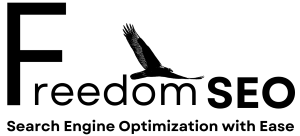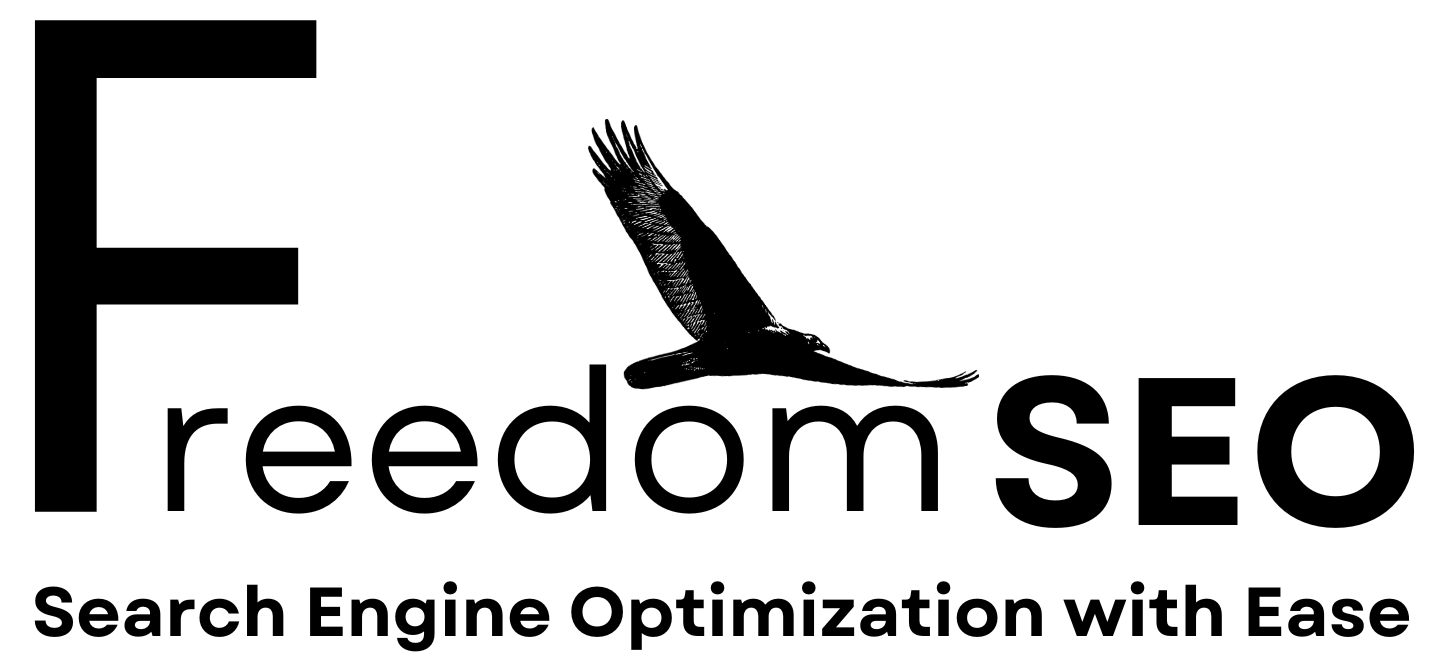Understanding Business Growth Strategies for Success
Business growth sounds straightforward and most companies say they want to expand year over year. Yet, only about 30 percent of businesses actually manage to grow consistently over time . Most stall out or hit roadblocks. The surprising part is that the difference often comes down to the strategy itself. With the right approach, even a small Canadian business can outpace much larger rivals and turn unexpected challenges into real opportunities.

Table of Contents
Quick Summary
| Takeaway | Explanation |
|---|---|
| Define clear growth objectives | Set specific goals like revenue increase or market share expansion to guide strategic efforts. |
| Utilize market analysis effectively | Conduct thorough market analysis to understand competition, customer needs, and emerging trends for informed decision-making. |
| Adopt flexible growth strategies | Implement adaptable strategies that allow for changes due to market dynamics and organisational strengths. |
| Measure strategy effectiveness regularly | Use performance indicators to track success and refine strategies in response to evolving conditions. |
| Learn from successful case studies | Study examples of businesses that excelled by innovative strategies to inspire your own growth initiatives. |
What are Business Growth Strategies and Their Importance?
Business growth strategies represent systematic approaches organisations use to expand their market presence, increase revenue, and achieve sustainable development. These comprehensive plans outline specific methods companies employ to enhance their competitive position and generate long-term value.
Understanding Core Business Growth Concepts
At their fundamental level, business growth strategies are deliberate frameworks designed to help organisations move beyond their current operational boundaries. They encompass multiple dimensions of expansion, including financial performance, market reach, product diversification, and organisational capabilities.
Growth strategies typically focus on several critical objectives:
- Increasing overall revenue and profitability
- Expanding market share and customer base
- Developing new products or services
- Entering different geographic markets
- Enhancing operational efficiency
Strategic Importance for Canadian Businesses
For Canadian businesses, implementing robust growth strategies becomes crucial in navigating increasingly competitive economic landscapes. Learn more about strategic business development to understand how tailored approaches can transform organisational potential.
Successful growth strategies provide businesses with structured pathways to:
- Mitigate potential market risks
- Create sustainable competitive advantages
- Attract potential investors
- Build long-term organisational resilience
By developing comprehensive and adaptable growth strategies, businesses can transform potential challenges into meaningful opportunities for expansion and innovation. The key lies in understanding unique organisational strengths, market dynamics, and creating flexible strategic frameworks that can evolve with changing business environments.
The Role of Market Analysis in Business Growth Strategies
Market analysis represents a critical diagnostic tool that enables businesses to understand their competitive landscape, customer preferences, and potential growth opportunities. By systematically examining market dynamics, organisations can develop informed strategies that align with emerging trends and consumer needs.
Comprehensive Market Intelligence Gathering
Effective market analysis goes beyond surface-level observations, diving deep into complex economic ecosystems. Explore strategic market research techniques to uncover nuanced insights that drive strategic decision-making.
Companies typically conduct market analysis through multiple sophisticated approaches:
- Quantitative research using statistical data
- Qualitative assessment of customer behaviours
- Competitive landscape evaluation
- Economic trend identification
- Consumer sentiment tracking
Strategic Decision-Making Through Market Insights
According to research published in SAGE Open , market analysis provides organisations with a structured methodology to assess potential risks and opportunities. By systematically examining market conditions, businesses can:
- Predict potential market shifts
- Identify emerging customer segments
- Understand competitive positioning
- Allocate resources more effectively

Successful market analysis transforms raw data into actionable intelligence, enabling businesses to make strategic choices that minimise risks and maximise growth potential. The process requires continuous monitoring, adaptive thinking, and a commitment to understanding complex market dynamics.
Ultimately, market analysis serves as a strategic compass, guiding organisations through uncertain economic terrains by providing clear, evidence-based insights that inform robust business growth strategies.
Key Types of Business Growth Strategies Explained
Business growth strategies represent diverse approaches organisations can leverage to expand their operational capabilities, market presence, and overall performance. Understanding these strategic frameworks enables businesses to make informed decisions about their developmental trajectory.
To help clarify the distinctions between different business growth strategies, the table below compares internal (organic) and external (inorganic) approaches, as outlined in the article.
| Growth Strategy Type | Key Components/Methods | Typical Benefits |
|---|---|---|
| Internal (Organic) | Product line expansion, process efficiency, workforce skill development, technology upgrades, enhanced marketing | Builds on existing resources, sustainable growth |
| External (Inorganic) | Mergers and acquisitions, strategic partnerships, market diversification, cross-industry collaborations, franchising | Rapid expansion, access to new markets |
Internal and Organic Growth Strategies
Internal growth strategies focus on expanding business capabilities through existing resources and internal improvements. Learn more about strategic business development to understand nuanced approaches for sustainable expansion.
Key components of internal growth strategies include:
- Product line expansion
- Process efficiency improvements
- Workforce skill development
- Technology infrastructure upgrades
- Enhanced marketing capabilities
External and Inorganic Growth Approaches
External growth strategies involve expanding business reach through strategic partnerships, acquisitions, and market interventions. These approaches enable organisations to rapidly scale operations and access new market segments.
Critical external growth methods encompass:
- Mergers and acquisitions
- Strategic partnerships
- Market diversification
- Cross-industry collaborations
- Franchising opportunities
Successful business growth strategies require a comprehensive understanding of organisational strengths, market dynamics, and strategic objectives. By carefully selecting and implementing appropriate growth approaches, businesses can create sustainable pathways for long-term success and competitive advantage.
How to Measure the Effectiveness of Growth Strategies
Measuring the effectiveness of business growth strategies requires a systematic approach that evaluates multiple performance dimensions. By establishing robust measurement frameworks, organisations can objectively assess their strategic initiatives and make data-driven decisions.
Key Performance Indicators for Strategic Assessment
Discover advanced strategic performance tracking to gain deeper insights into organisational development metrics. Businesses must track comprehensive performance indicators that provide holistic views of strategic outcomes.
Critical performance metrics include:
- Revenue growth rate
- Profit margin improvements
- Market share expansion
- Customer acquisition costs
- Return on investment (ROI)
Qualitative and Quantitative Evaluation Methods
The following table summarizes common key performance indicators (KPIs) used to assess the effectiveness of business growth strategies, providing a quick reference for businesses evaluating their initiatives.
| Key Performance Indicator | Description |
|---|---|
| Revenue growth rate | Measures percentage increase in sales revenue |
| Profit margin improvements | Tracks changes in profitability ratios |
| Market share expansion | Monitors company's share of the market |
| Customer acquisition costs | Calculates cost per each new customer |
| Return on investment (ROI) | Assesses profitability of investments |
Effective strategy measurement integrates both quantitative data and qualitative assessments. While numerical metrics provide concrete performance insights, qualitative evaluations capture nuanced organisational transformations that cannot be easily quantified.
Comprehensive evaluation approaches encompass:
- Financial performance analysis
- Competitive positioning assessment

Organisations must develop adaptive measurement frameworks that evolve alongside their strategic objectives. By continuously monitoring and interpreting performance data, businesses can refine their growth strategies, identify potential challenges, and capitalize on emerging opportunities.
Ultimately, successful strategy measurement requires a balanced, comprehensive approach that combines rigorous data analysis with strategic vision and organisational understanding.
Real-World Examples of Successful Business Growth Strategies
Real-world case studies demonstrate how innovative businesses transform strategic concepts into tangible growth achievements. By examining successful organisations, entrepreneurs can gain valuable insights into effective implementation of business growth strategies.
Market Expansion and Innovation Strategies
Explore proven growth strategy techniques to understand practical approaches used by successful companies. According to Harvard Business School Online , companies like Best Buy strategically transformed their physical stores into distribution centres, competing effectively with online retailers.
Notable market expansion examples include:
- Best Buy converting stores into mini warehouses
- Nike developing value-based pricing models
- Starbucks expanding through strategic geographical placement
- Tesla continuously innovating product lines
Strategic Diversification and Adaptation
Successful businesses demonstrate remarkable adaptability by implementing sophisticated growth strategies that transcend traditional operational boundaries. Companies that excel understand the importance of continuous innovation and strategic repositioning.
Comprehensive growth strategy approaches involve:
- Identifying emerging market opportunities
- Developing flexible business models
- Investing in technological infrastructure
- Creating value through unique customer experiences
These real-world examples illustrate that successful business growth strategies are not theoretical constructs but practical, dynamic frameworks that require continuous learning, adaptation, and strategic vision.
Ready to Put Your Business Growth Strategies into Action?
You have explored proven growth frameworks like market analysis, organic expansion, and strategic performance measurement from our article. Yet, achieving visible results in today’s competitive Canadian market often comes down to one thing: getting your business in front of more local customers. If you are struggling to turn your growth plans into actual leads and increased revenue, you are not alone. Many Canadian businesses know what needs to be done, but do not have the tools or expertise to make it happen online.

Take the next step and transform your strategy into real success. Partner with Freedom SEO , where we help Canadian businesses rank in the top 3 on Google and achieve lasting business growth. Visit our main site to learn more or get a free consultation today. Do not let your competitors take the lead. Choose a partner who understands the Canadian market and is ready to help you turn your business goals into reality.
Frequently Asked Questions
What are the main types of business growth strategies?
Business growth strategies typically include internal growth strategies, such as product line expansion and workforce development, and external growth strategies, like mergers and acquisitions or strategic partnerships.
How can market analysis contribute to effective business growth strategies?
Market analysis helps businesses understand competitive landscapes and consumer preferences, enabling them to identify growth opportunities and make data-driven strategic decisions.
Why is it important for Canadian businesses to implement growth strategies?
For Canadian businesses, robust growth strategies are essential to navigate competitive markets, mitigate risks, and create sustainable competitive advantages for long-term success.
What key performance indicators should businesses track to measure growth strategy effectiveness?
Businesses should track metrics like revenue growth rate, profit margins, market share, customer acquisition costs, and return on investment (ROI) to effectively measure the performance of their growth strategies.
Recommended
-
[
Managing Business Growth: 2025 Tips for Canadian Owners
]( https://freedomseo.ca/managing-business-growth-2025-tips-for-canadian-owners )
-
[
Social Media for Local Business: Essential 2025 Tips for Canadians
]( https://freedomseo.ca/social-media-for-local-business-essential-2025-tips-for-canadians )
-
[
Attracting New Customers: Proven Tips for Canadian Businesses
]( https://freedomseo.ca/attracting-new-customers-proven-tips-for-canadian-businesses )
-
[
Top Google Business Profile Tips for Canadian Success 2025
]( https://freedomseo.ca/top-google-business-profile-tips-for-canadian-success-2025 )
-
Customer Feedback Best Practices for Business Growth - Solution for Guru
-
How to Manage Business Growth in South Africa: 2025 Guide - Ready Accounting
















